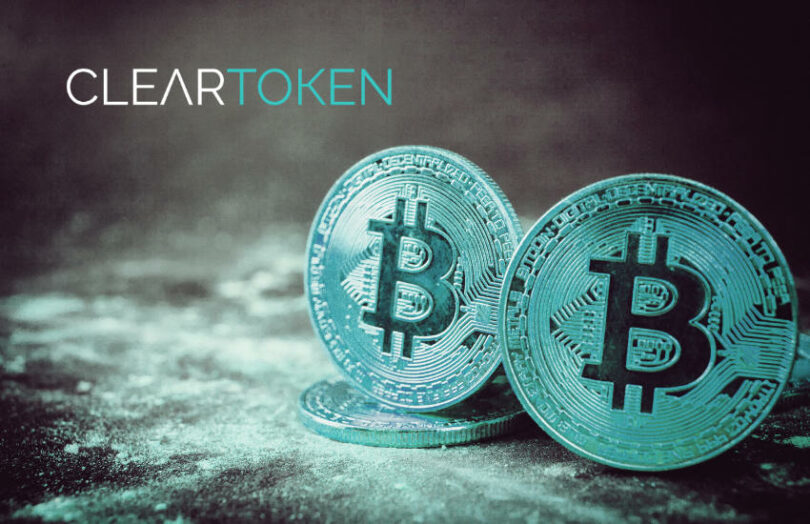Today ClearToken announced it raised more than $10 million from multiple institutions. They include Nomura’s Laser Digital, Zodia Custody, which is a subsidiary of Standard Chartered’s SC Ventures, Flow Traders, LMAX Digital and GSR. The company aims to become a UK-based central counterparty (CCP) for clearing digital assets trades across multiple venues.
Clearing houses exist in the digital asset market but for single venues. For example, institutional digital asset exchange EDX Markets has a clearing arm. ClearToken wants to provide a horizontal solution. In other words, it wants to support multiple trading venues. Hence, it is applying to the Financial Conduct Authority and the Bank of England for licensing. It hopes to launch a preliminary solution in 12-18 months.
This sort of market infrastructure is another element that makes it easier for institutions to engage with tokenization and cryptocurrencies.
“Flow Traders believes continued institutional adoption of digital assets requires built for purpose market structure with clearly defined roles and responsibilities,” said Matt O’Neill, Flow Traders’ Global Head of Business Development. “ClearToken’s approach to developing a central clearing solution will contribute positively to counterparty risk management, capital efficiency, and addresses some of the key challenges market participants currently experience.”
CCP benefits for digital assets
On the one hand, central clearing reduces counterparty risks. While many think digital assets always involve delivery versus payment, that’s not the case. Two years ago, crypto expert and former Morgan Stanley banker Caitlin Long predicted that Bitcoin could take down a global systemically important bank. That’s because while Bitcoin might settle in minutes, the bank payment leg does not. In traditional markets, central counterparties take on that risk.
Today’s higher interest rate environment makes the efficient use of capital a high priority. In the crypto world, bilateral payments are usually pre-funded. That contrasts with the world’s largest CCP, the DTCC, which estimates that its netting solutions enable a 98% compression of trades. In other words, rather than needing to come up with 100% of the money, most actively trading institutions only need a fraction.
One point that ClearToken addresses in its whitepaper is how a centralized entity can address needs in decentralized finance.
The netting aspect could be fully automated in the future, but that doesn’t address the counterparty risk, even if all payments are tokenized and real-time.
That said, the UK requires CCPs to have sufficient capital to withstand the failure of its two largest counterparties. If ClearToken gains traction, future funding rounds will be on a different scale.






